Ensuring Successful Implant Maintenance
According to the American Academy of Implant Dentistry, 3 million people in the United States have implants with that number growing by 500,000 each year.
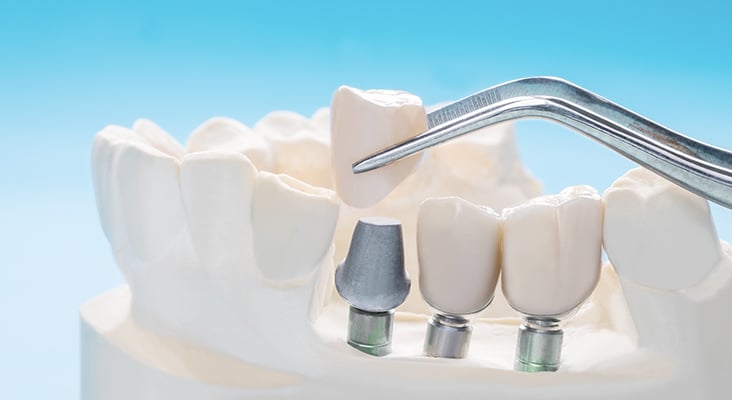
According to the American Academy of Implant Dentistry, 3 million people in the United States have implants with that number growing by 500,000 each year. Dental hygienists are charged with determining which instruments to use, instituting appropriate maintenance regimens, recognizing dental implant health or disease, and establishing an overall treatment plan for implant sustainability and longevity.
Photo Credit: sujit kantakad / iStock / Getty Images Plus
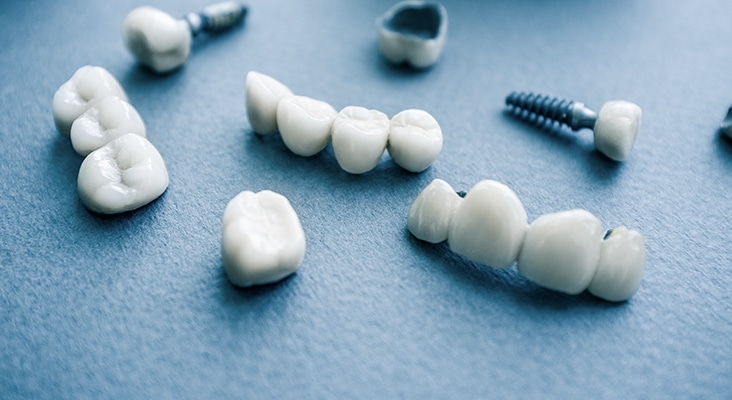
Maintenance Protocol
Dental hygienists play an integral role in the early detection of dental implant diseases and providing individualized patient care in the maintenance protocol. Despite the high survival rate for dental implants—96.33%—the risk for complications remains possible. Dental hygienists must be equipped to provide treatment in all aspects of dental implant placement including the healing phase, surgical, prosthetic, and maintenance periods. Research suggests that ongoing dental hygiene care, both professional and patient-driven, is essential in efforts to prevent implant failure and irreversible destruction.
Photo Credit: golubovy / iStock / Getty Images Plus
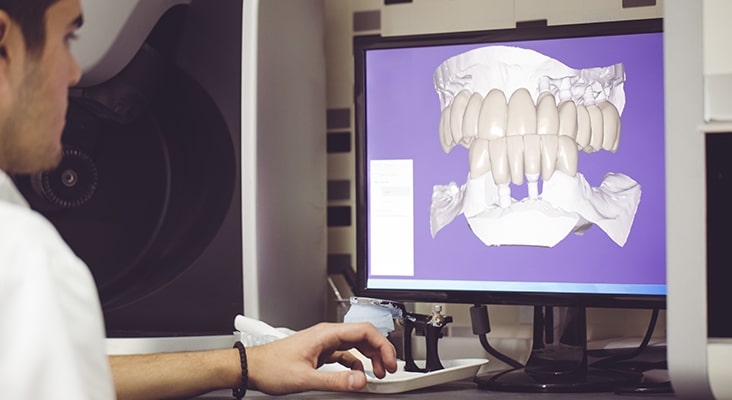
Professional Protocol
Professional dental hygiene care includes the removal of biofilm and calculus at each maintenance visit, while avoiding implant abutment damage as much as possible. In an effort to reduce such bacterial load, studies have suggested that the hardness of the scaler tip may prove to be more detrimental than the actual application method itself. It is widely accepted that local debridement of implants be performed with instruments that are softer than titanium. However, a study by Huang et al tested the abilities of instruments to alter both titanium and zirconia implant abutment surfaces and then looked at bacterial adhesion. They concluded that the use of a titanium curet led to deep linear carving marks in titanium abutments, allowing for significant surface changes, increased abutment roughness, and higher optical density of adhered bacteria. The authors suggested that titanium curets be used with care on titanium abutments. Conventional metal, such as stainless steel, remains contraindicated for use with implants, as more surface damage creates ideal niches for biofilm accumulation and bacterial adhesion. Studies suggest these instruments allow for contamination of the titanium implant surface with other metal ions over time, therefore, are contraindicated for regular therapeutic use. Plastic scalers, although safe on implant surfaces, have poor cleaning properties and may leave fragments. Plastic instruments reinforced with graphite and gold-plated curets have been suggested, however, they may breakdown.
Photo Credit: zoranm / E+
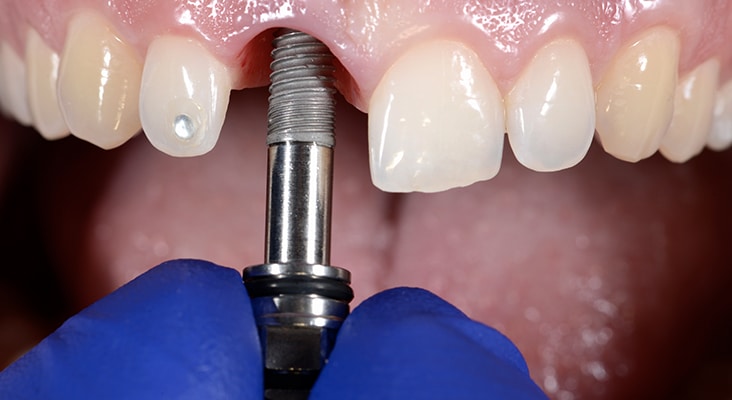
Culprit in Peri-Implant Diseases
Porphyromonas gingivalis is the biggest culprit in the development of periodontal diseases, including peri-implant diseases. When pathogenic biofilm interferes with hard and soft tissues surrounding dental implants, it can lead to implant failure when left untreated. While the oral environment and soft tissue surrounding a natural tooth is similar to that of an implant, the peri-implant keratinized tissue has a higher risk of infection due to its vulnerability from decreased vascularity and lack of true connective attachment. Controversy exists regarding long-term peri-implant tissue health and the necessity of keratinized tissue surrounding implants. However, studies have indicated that the presence of keratinized gingiva is preferable due to the ease of maintaining oral hygiene compared to the inflammatory risks of mobile, nonkeratinized mucosa, and in regards to patient comfort.
Photo Credit: danielzgombic / iStock / Getty Images Plus

Clinical Assessment
Routine assessment of peri-implant tissue changes and mechanical biofilm removal with the use of appropriate armamentarium that will avoid damage to abutment surfaces are key to implant health. Reinforcing proper oral hygiene instruction and self-care regimens are essential. Continual reinforcement of tobacco cessation must be included in patient education as smoking weakens bone structure and inhibits the initial healing process. Clinical assessment of bleeding, inflammation, mobility, probing comparisons, and inquiry regarding pain or daily complications will help the assessment process, as well as radiographic assessment.
Photo Credit: Talaj / iStock / Getty Images Plus
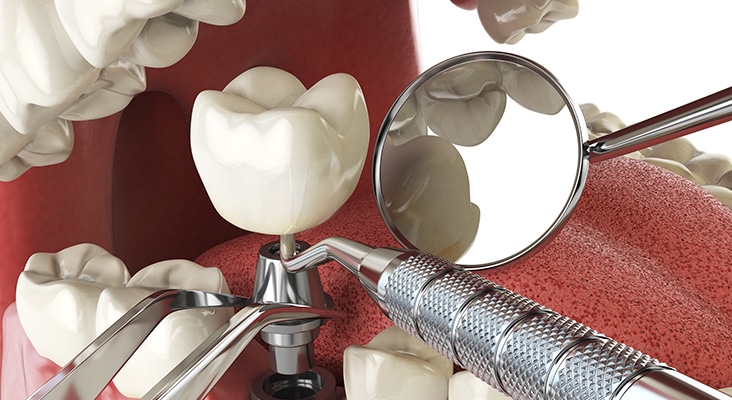
Diagnosis
The diagnosis of per-implantitis requires:
- Evidence of visual inflammatory changes in the peri‐implant soft tissues combined with bleeding on probing and/or suppuration.
- Increasing probing pocket depths as compared to measurements obtained at placement of the supra‐structure.
- Progressive bone loss in relation to the radiographic bone level assessment at 1 year following the delivery of the implant‐supported prosthetics reconstruction.
- In the absence of initial radiographs and probing depths, radiographic evidence of bone level ≥ 3 mm and/or probing depths ≥ 6 mm in conjunction with profuse bleeding.

